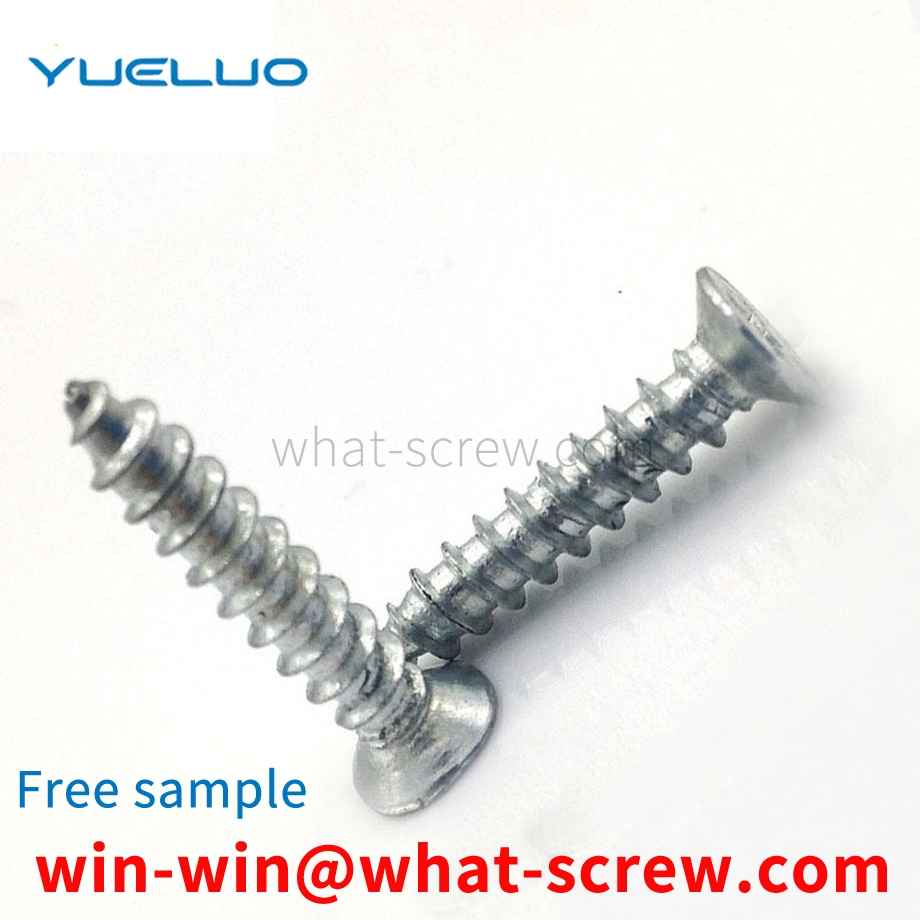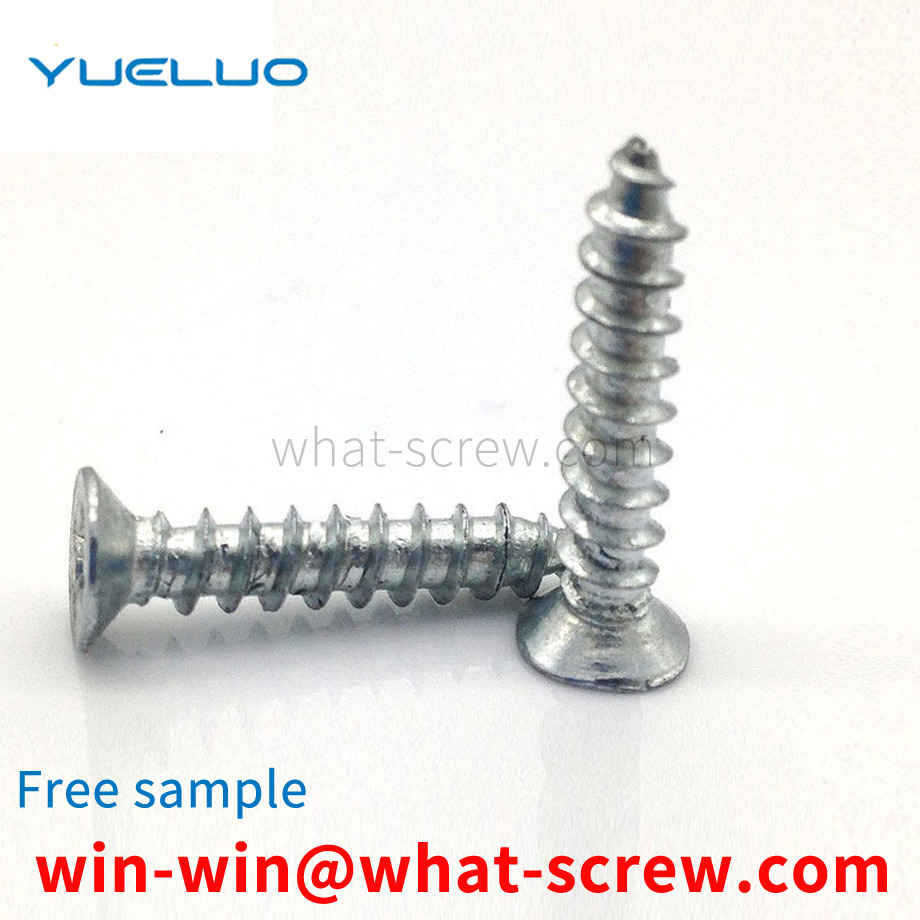The spring washer can prevent loosening and increase the pre-tightening force, while the flat washer does not have this function. It can be used to increase the tightening contact area, prevent the friction between the bolt and the workpiece, and protect the surface of the connector to prevent bolts. The surface of the workpiece is scratched when the nut is tightened. However, for some important connections, such as places that rely mainly on compression to generate frictional force to transmit power, spring pads cannot be used, and the rigidity of the connection is reduced, which is prone to accidents. Spring washers can be omitted. When the strength of the connected parts is low, use flat washers or flange bolts to increase the contact area. When there is vibration, pulse, and the temperature of the medium fluctuates greatly, spring washers must be used.
The rubber ring and the metal ring are integrally bonded and vulcanized. It is a sealing ring used to seal the thread and flange connection. The ring includes a metal ring and a rubber gasket. The metal ring is rust-proof, and the rubber ring is generally made of oil-resistant nitrile rubber or fluororubber. Combination pads are available in metric and inch sizes, and the standard JB982-77 specifies the combination of metal pads and rubber. Combination sealing washer is used for threaded pipe joints and screw plug sealing. It is generally used with ferrule type pipe joints to block oil ports. It is mainly used for end face static sealing of threaded joints of hydraulic valve pipe joints. It is suitable for British and American standards. Inch thread and end face static seal at French and German standard metric thread connections, etc. The combined sealing gasket can be divided into A type and B type according to the structure; it can be divided into full package and half package according to the difference of rubber.
The slotted nut needs to be fixed with a cotter pin through the slot of the slotted nut, and the cotter pin must pass through the middle of the screw to fix the slotted nut. Usually, both ends of the screw need to be drilled, the diameter of the hole and the size of the slotted nut. The width and depth of the slot determine the size of the cotter pin. When the selected screw, cotter pin and slotted nut are relatively matched, the nut is fixed by the screw, so that the slotted nut does not loosen. This hexagonal slotted nut has the characteristics of high strength and is not easy to loosen when subjected to vibration. It is mainly used in occasions with vibration and shock, such as front and rear axles of automobiles, lifting equipment, presses and die-casting machines.
Self-tapping screws were introduced into the industry in large numbers in 1914. The earliest design (essentially imitating a wood screw) was a thread-forming screw made of hardened steel with an A-ended end, mainly used to connect sheet metal channels for heating and ventilation systems. Therefore, it is also called: sheet metal screw. By the end of the 1920s, with the widening of the market and new applications, emphasizing new designs, its application performance was widely improved. The following introduces the four different stages of the development of self-tapping screws in 40 years: thread forming self-tapping screws, thread cutting self-tapping screws, thread rolling self-tapping screws and self-drilling self-tapping screws. 1. Ordinary self-tapping screws (thread forming self-tapping screws) Ordinary self-tapping screws are a direct product of early sheet metal screws. The principle is: when screwing it into a prefabricated hole, the internal thread connected to the screw is formed by the displacement of the material around the hole and the material is pushed into the space between the threads. 2. Self-cutting self-tapping screws (thread cutting self-tapping screws) Because ordinary self-tapping screws are formed only in very thin threads. And it can be easily realized on materials with good toughness. Develop and expand the use of self-tapping screws to thicker sections and harder, brittle and other materials with poor deformability. In this way, the self-cutting self-tapping screw is developed: a cutting groove or cutting edge is machined at the end of the screw shank. When this kind of screw is screwed into the prefabricated hole, the screw acts as a tap and actually cuts out the thread that connects with itself. 3. Self-Extrusion Self-Tapping Screws (Thread Rolled Self-Tapping Screws) In the early 1950s, fastener engineers began to recognize the potential advantages of self-tapping screws as structural rather than just lightly loaded attachments. This has led to the development of a new self-tapping screw thread rolling self-tapping screw (self-extrusion self-tapping screw). According to the design principle of cold forging taps, the thread and end are specially designed for this kind of screw, so that the screw can be formed by applying intermittent and periodic pressure on the crest of its thread instead of on the side of the entire thread. Internal thread for connection. By concentrating and limiting the forming pressure, the pressurized material next to the hole is made to flow more easily and to better fill (squeeze) into the flanks and roots of the thread of the self-tapping screw. Since the frictional resistance of screwing in is much lower than that of ordinary self-tapping screws, threaded rolling self-tapping screws (self-extrusion self-tapping screws) can be screwed into thicker sections. At the same time, it has better screw control and tightening torque, and greatly improves the connection strength and overall firmness. The engineering standard of this kind of self-tapping screw stipulates that the selection of materials, the mechanical properties of heat treatment and the working performance should be strictly controlled. 4. Self-drilling and self-tapping screws (self-drilling screws) People have done statistics: Among the ten expenses that constitute the total assembly cost, the highest one includes the processing of holes. In practical applications of self-tapping screws, prefabricated holes need to be processed. Moreover, in order to make the prefabricated holes have good effect in practical application, the size of these holes must be controlled within a fairly strict range. In the early 1960s, self-drilling and self-tapping screws appeared. A major step forward in reducing assembly costs by eliminating the need to machine prefabricated holes. In general, self-drilling and self-tapping screws realize drilling, tapping and tightening in one operation. These are the four main stages of self-tapping screw design and development. In addition, two newly developed products are also worthy of introduction. Both are screws with a special thread type. One is designed for plastic and other low-strength materials; the other is used in the construction industry to connect cement wall panels, so it is also called wall panel self-tapping screws.
A pin and a pin piece inserted on the pin, the width of the pin piece gradually decreases from the insertion end to the other end, and the pin piece is also provided with a protrusion, the protrusion is a triangular ratchet tooth shape, the An insertion hole is arranged on the pin, and a pawl corresponding to the protrusion is arranged in the insertion hole.
We have many years of experience in the production and sales of screws, nuts, flat washers, etc. The main products are: GB901 thin shank bolts, hexagonal screws, hand-tightened copper nuts, outer hexagonal thin nuts and other products, we can provide you with suitable tightening. piece solution.



















 Service Hotline
Service Hotline




